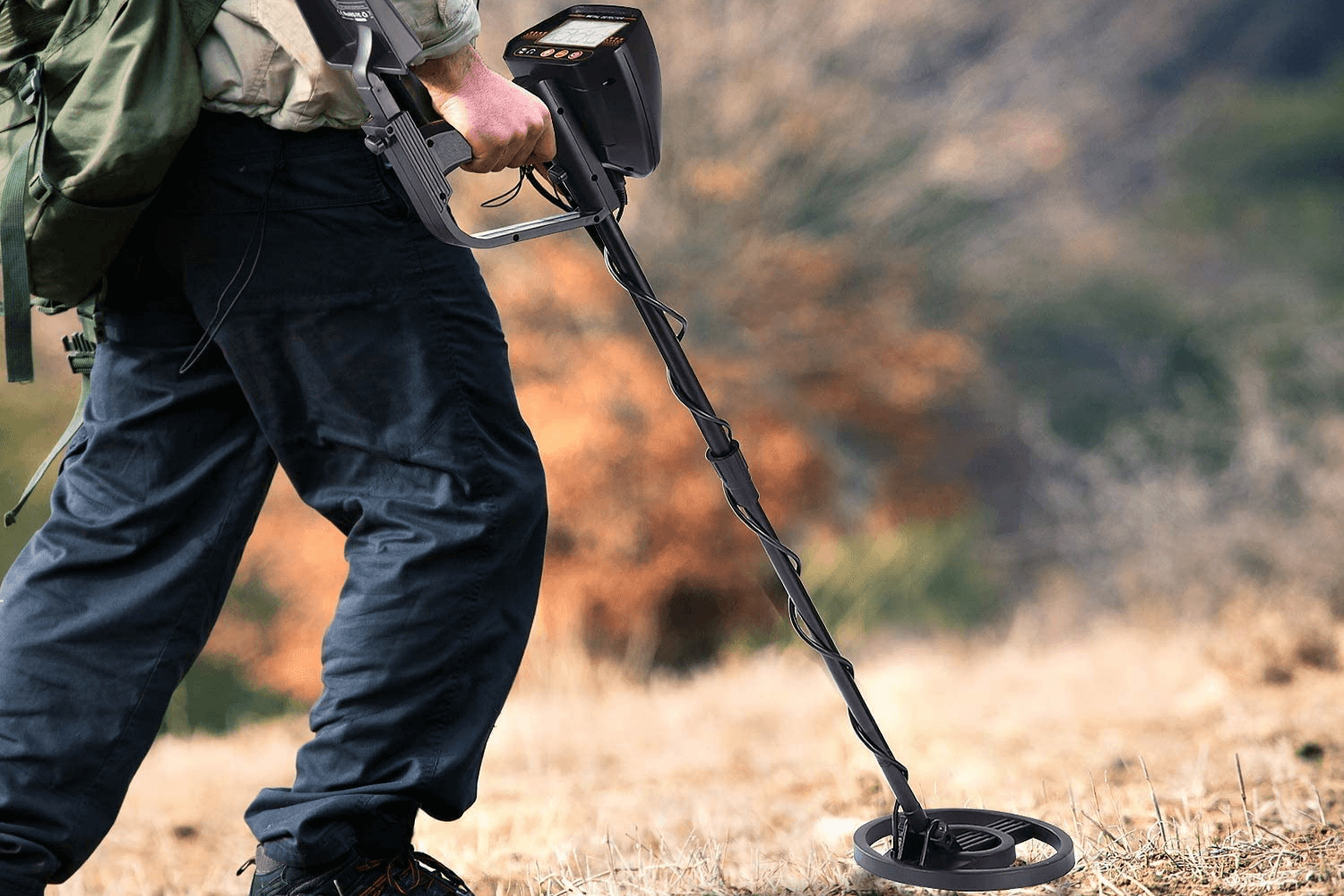6 Facts About Metal Detectors That You Didn’t Know

When talking about metal detectors, you will probably think about the gadgets used by airports, supermarkets, or company guards. However, there are various types of metal detectors used in different fields.
A metal detector is an electronic device designed to detect hidden metals or metals beneath the ground within a given range from the detector. It gives an audio signal, digital display, or any other signal when it detects a metal object.
Generally, a metal detector involves the use of an electromagnetic field to detect any metal object by transmitting a simple magnetic field that energizes the metal object that then retransmits its electromagnetic field to the detector.
Metal detecting is now becoming more of a hobby to most people across the world. This article will provide you with various facts about hobby metal detectors that you probably didn’t know.
Facts about hobby metal detectors
Unlike security metal detectors, hobby metal detectors have created a new hobby that opens your path to most outdoor adventures that can turn to great wealth. The following are six facts about these detectors.
1. What can and cannot be detected by a metal detector
Generally, just like the name suggests, a metal detector is designed to detect all metals, for instance, the Minelab Equinox 800 metal detector. However, not all metal detectors can detect all metals depending on various factors like depth and frequency. On the contrary, there are non-metal substances that can be detected by a metal detector, for instance, iron minerals or salt.
Generally, metals can be classified into two, based on their magnetic properties: ferrous metals and non-ferrous metals. Ferrous metals are those with magnetic properties or simply can be attracted by a magnet and are the easiest to detect, for instance, iron, silver, and more.
In comparison, non-ferrous metals are simply non-magnetic metals and are not easily detected, for example, copper, lead, and aluminum. However, conductivity is an added advantage to either of the two types. Stainless steel is the most challenging metal to detect due to poor conductivity and low magnetism.
2. Metal detecting is governed by the law
Despite being a hobby, metal detecting is regulated by the law. There are federal and private property laws set to control metal detectors and their usage.
For instance, you cannot detect metals in historic sites and other private properties. Another law states that all findings must be forwarded to the appropriate authority. Therefore, be aware that metal detecting can be a hobby, but end up being in court or imprisoned.
3. Doctors use metal detectors
Despite being hobby metal detectors, and used for recreation, adventure, and finding treasures, they are also multi-purpose devices. Doctors use detectors with an LCD screen to diagnose various patients with different medical conditions.
For instance, a patient who has swallowed a metallic object. The doctor will use a metal detector to locate the object’s position, examine whether the patient requires surgery or the digestive system can handle it naturally.
4. Alexander Graham Bell invented this device
Despite metal detecting becoming very popular, most people probably don’t know who invented a metal detector. Alexander Graham Bell is the man who invented the telephone and also invented the metal detector.
Graham Bell invented a metal detector during a dangerous event when former President Garfield was shot, in an attempt to help find the bullet in the President’s body. He succeeded in making the detector, but it detected all the metals, including those of the bedsprings, which brought a lot of confusion till the President died.
5. Metal detectors have different metal detection depth
Metal detectors have different metal detection depths based on their features and other factors. A low-range detector can detect up to 20 cm deep, a mid-range up to 45 cm deep, while a specialized device can detect down to 20 m. Generally, depth is mainly determined by the features, frequency, and search coil size and shape.
Frequency is the number of electromagnetic waves transmitted by the detector per second. Generally, most detectors operate at 7 – 25 kHz. Low-frequency detectors operate at 2 – 4 kHz and are ideal for deep and large metals, while the high-frequency detectors operating above 30 kHz are ideal for small gold pieces and low conductive metals.
Some of the software features affect the depth, for instance, ground balance helps in minimizing the effect of ground minerals as well as discrimination.
Also, the search coil size and shape affect the detection depth. A metal detector consists of a transmit coil and a receive coil located at the shaft. The size can be small, medium, or large, while on the other hand, the coil can be circular or elliptical. Various sizes and shapes are ideal for various areas, targets, and levels of mineralization.
6. They do not use X-ray technology, and how do they work?
Generally, not unless you are a scientist by profession, then you probably think or believe that metal detectors use a similar technology as X-ray. But that’s not the truth. Instead, they use the induction of electromagnetic waves that interact with the metal, thereby detecting the metal object.
Metal detectors involve the use of very low frequencies (VLF), beat-frequency oscillation (BFO), and pulse induction (PI). The VLF and PI are used to create a magnetic field that helps in inducing a response from the metallic element.
The BFO consists of two coils oscillating at different frequencies that create radio waves when in contact with a metal object.









